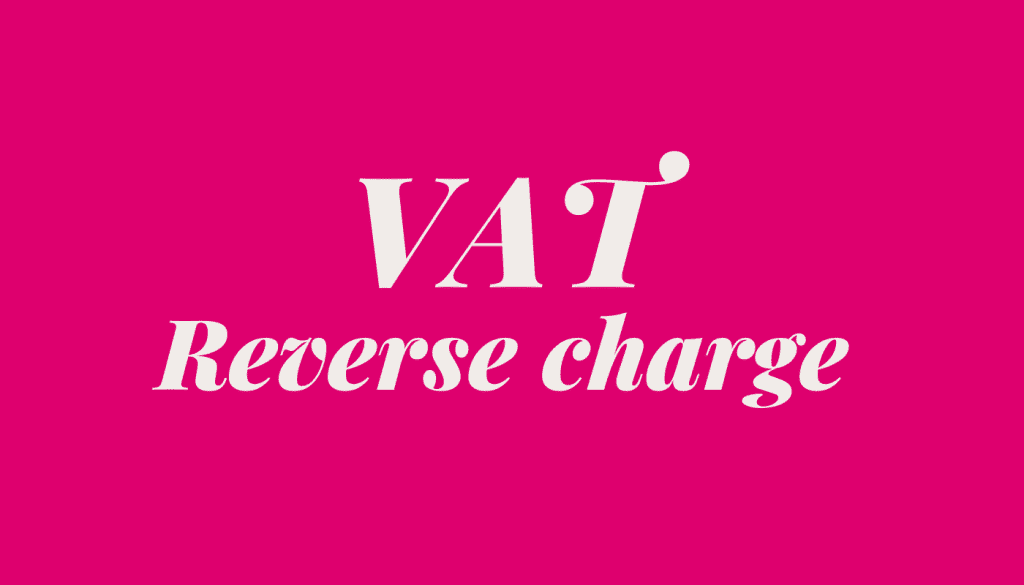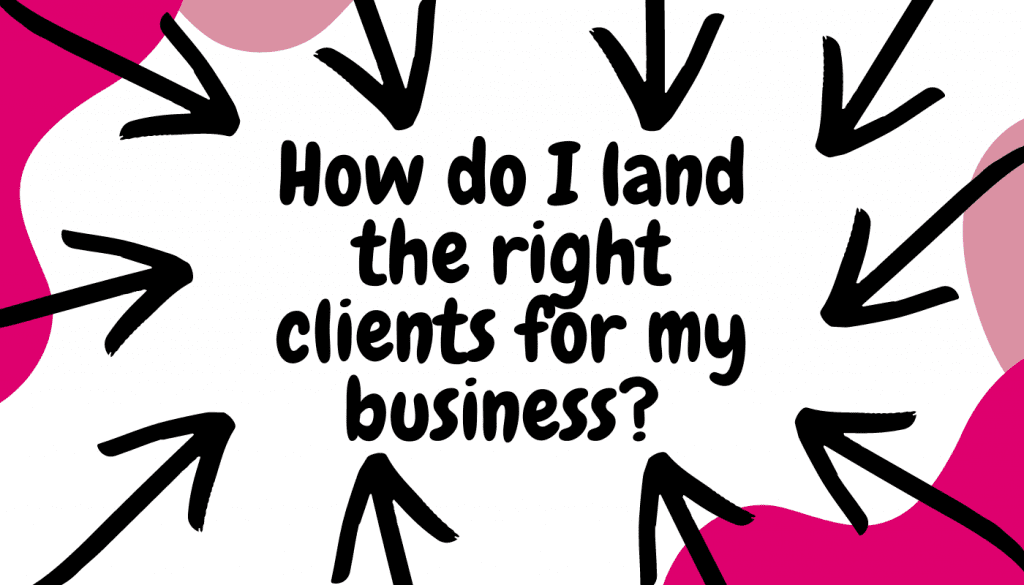
For the last 12 months the chancellor has been pouring money to support the UK economy through the COVID-19 pandemic….

For the last 12 months the chancellor has been pouring money to support the UK economy through the COVID-19 pandemic….

We have an increasingly complex financial ecosystem, yet UK businesses feel that they have no one to turn to. It’s…

Your profit margin is how much money you actually get to walk away with after a transaction is complete (revenue…

The changes and stresses caused by the pandemic are taking their toll on all of us. It’s been almost a…

Yesterday the English government formally announced it’s 4 steps out of lockdown and all social distancing restrictions. The welsh and…

Lockdown 3.0 has felt like an eternity. However, there is a light at the end of the tunnel with the…

From the 1st March, the VAT reverse charge scheme now applies to construction. If you work in the construction industry…

Out of all the ‘new things’ that the Coronavirus pandemic has brought about (social distancing, lockdowns, and global remote working…

For a business to grow sustainably (and to successfully make it through the financial bumps in the road), cash flow…

While sometimes it’s necessary to take on clients at a lower price than we want – especially when we are…